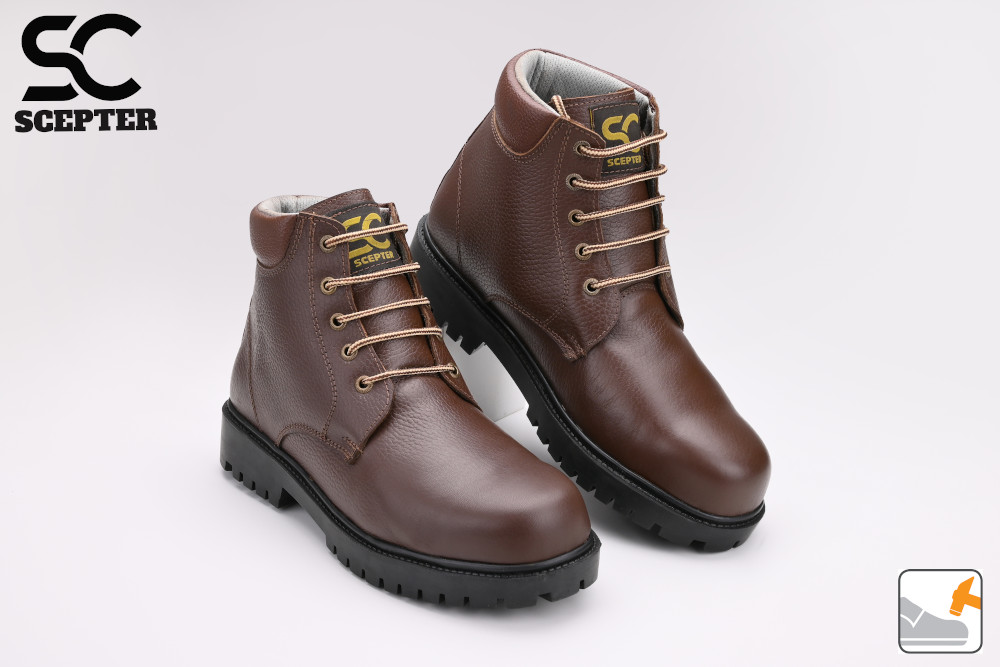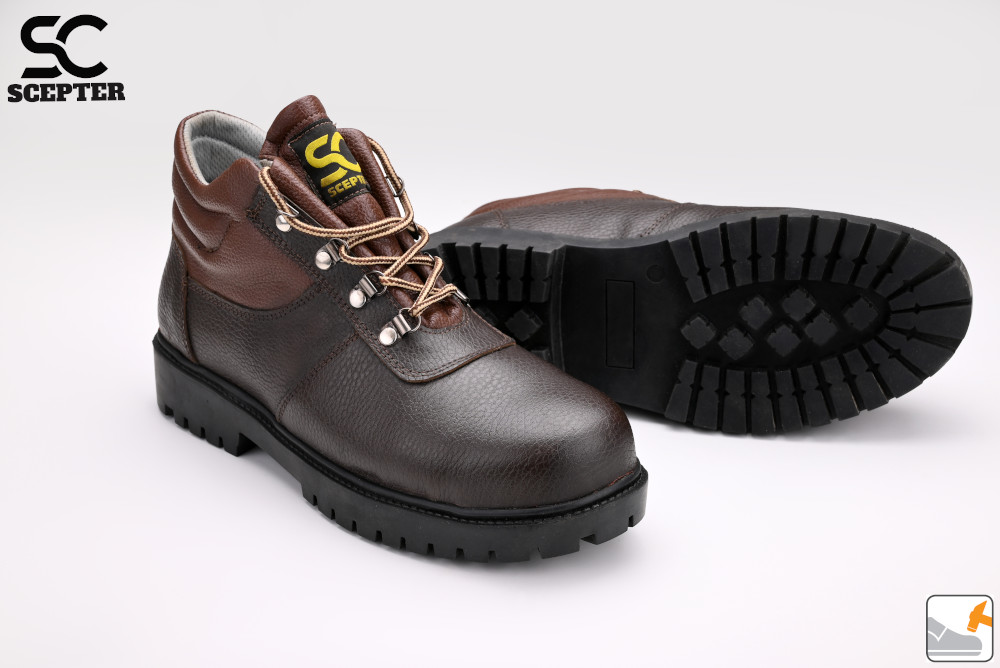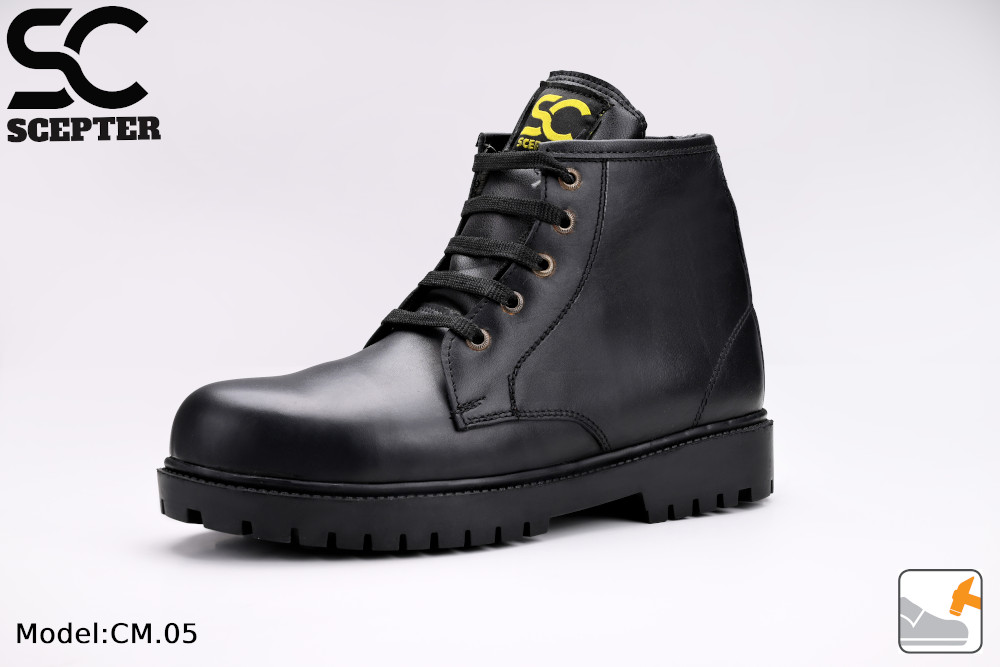Occupational safety tools include a variety of tools and equipment that aim to protect workers and employees in various industries and fields from potential hazards and accidents. The following are some examples of occupational safety tools:
Occupational Safety Tools: Occupational safety tools provide means and equipment that help protect workers in the workplace and reduce the occurrence of accidents and injuries. Below are some common types of occupational safety tools and their importance
Safety helmet :
Helmets are used to protect the head from serious injuries caused by falling objects or accidental impacts. Safety helmets are essential in many industries such as construction, building and heavy industries.
Safety glasses :
Provides eye protection from airborne particles, chemical deposits, sparks, or ultraviolet radiation. Essential in industries involving the use of chemicals, welding, or glass and metalworking.
Safety clothing :
These include protective vests, suits, and reflective vests. These garments provide protection to the body from potential hazards such as hazardous chemicals, heat, or sparks. They are used in industries such as construction, chemical processing, and manufacturing.
Safety gloves gloves :
Used to protect hands from cuts, abrasions and hazardous chemicals. Safety gloves are available in different types to suit specific tasks such as electrical insulating gloves and cut resistant gloves.
Safety shoes :
Provides protection to the feet from injury due to falls, pressure, abrasion or hazardous chemicals. Safety shoes are available in designs that are resistant to slip, electricity, water and thermal hazards.
Face masks and breathing :
Used to protect the face and respiratory system from dust, harmful particles and toxic chemicals. These masks include medical masks, full-face respirators and self-contained breathing apparatus.
Earphones :
Used to protect ears from excessive exposure to loud noise in noisy work environments such as construction, manufacturing and heavy industries. Helps maintain hearing safety and prevent damage from loud noise
This is just a sample of the occupational safety tools available, there are many other tools used in different fields.
The importance of occupational safety tools varies depending on the industry and the type of potential hazards.
The importance of occupational safety tools is as follows:
Personal protection :
Occupational safety equipment provides individual protection for workers, reducing the likelihood of occupational injuries and diseases. It helps keep workers safe and healthy in the workplace.
Compliance with laws and regulations :
Companies and employers are required to comply with local and international laws and regulations related to occupational safety. Using appropriate occupational safety equipment helps in complying with these laws and regulations.
Improve productivity :
When workers feel safe and confident in their work environment, they can better focus on their tasks and increase productivity. Occupational safety tools help enhance worker comfort and reduce distraction.
Protecting workers' hearing with headphones :
Loud noise is a common hazard in work environments, and using headphones helps maintain hearing safety and reduce the risk of noise-induced damage.
Accident prevention :
Occupational safety tools help reduce the occurrence of accidents and injuries in the workplace. When a worker is equipped with the right tools, he is better able to avoid hazards and prevent accidents.
In general, it can be said that occupational safety tools are an essential part of workplace safety management, as they reduce risks and contribute to protecting workers and maintaining their safety and health.



